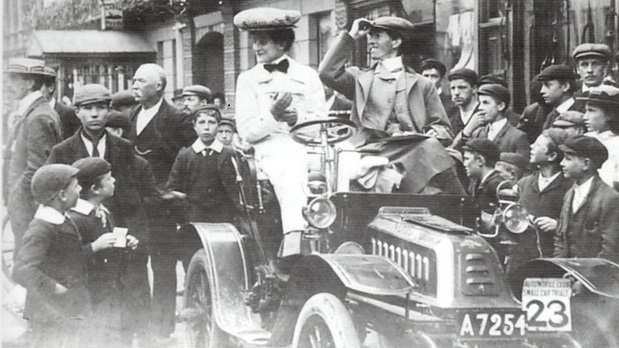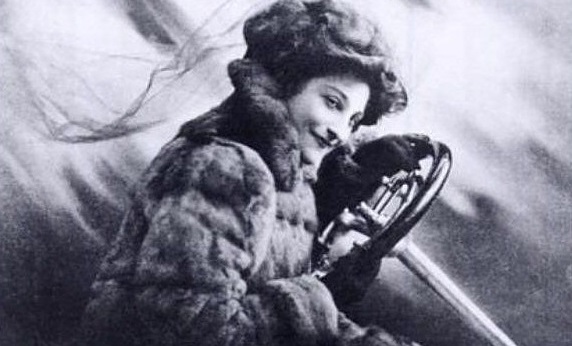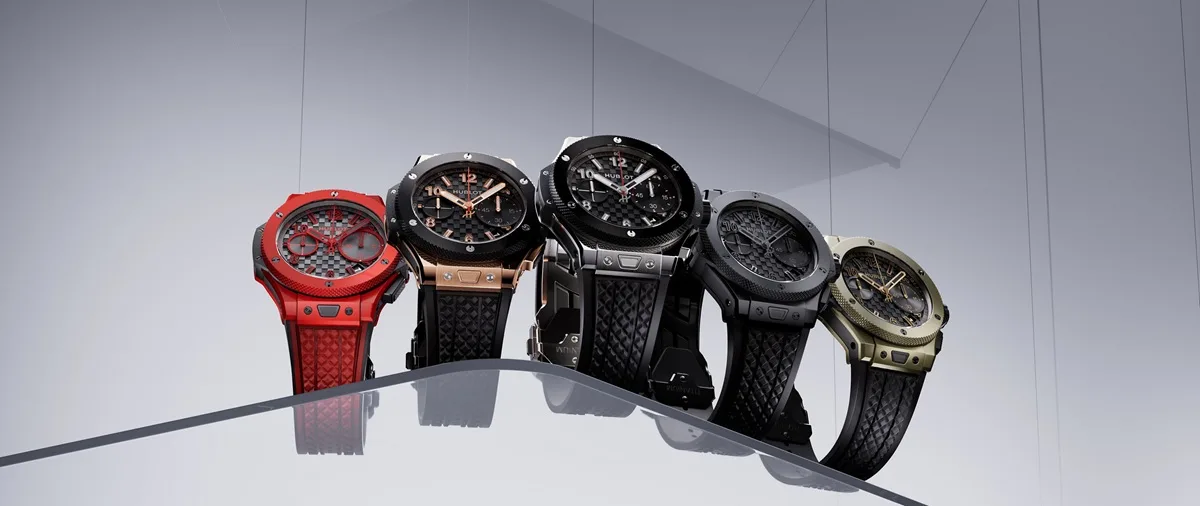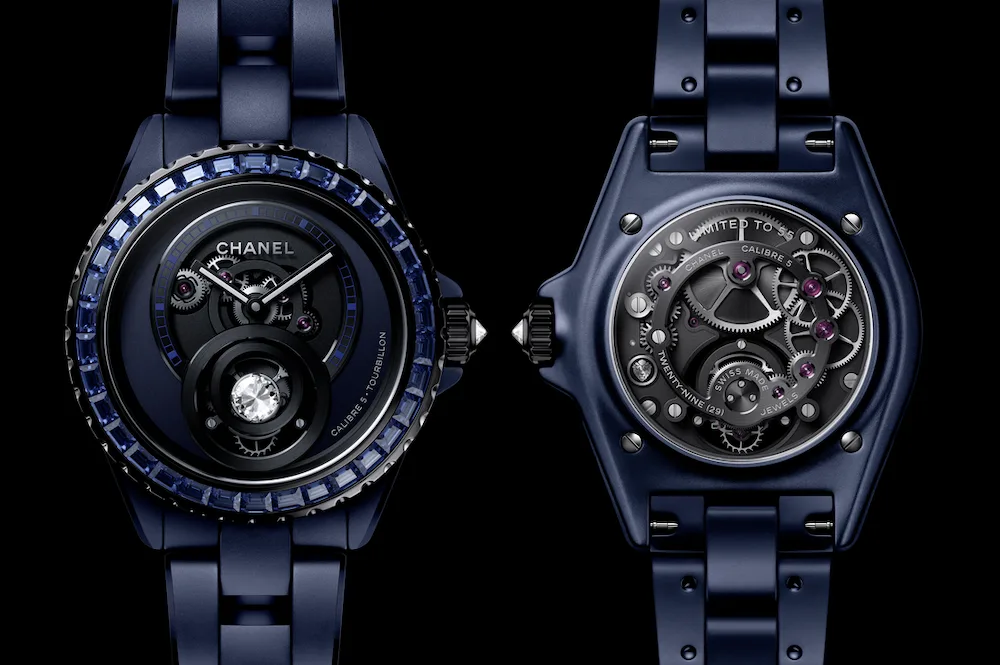On the centenary of her death, Butterfield Press presents Fast Lady, a biography about Edwardian trailblazer Dorothy Levitt, written by self-confessed “motor head” Michael Barton.
Born Elizabeth Levi in West Hackney in 1882, Dorothy Levitt was the portrait of a go-getting 21st century woman. Independent, dare-devil and stereotype breaker and challenger of social conventions, she became a pioneer lady motorist, racing driver, motor yacht racer, aviatrix, author and newspaper columnist. Between 1903 and 1910 she reached the zenith of her fame, being honoured at home and abroad for her ground-breaking motoring triumphs.
At the age of 18, this beautiful and stylish young woman was working as a temporary typist in the New Burlington Street showroom and offices of Selwyn Edge – a leading light in racing and selling cars such as the De-Dion Bouton and Napier marques. At a time when motoring was in its infancy and when the few women who drove tended to be wives of the landed classes or early automobile designers (such as Carl Benz’s wife Bertha), Edge soon spotted that Dorothy’s aptitude for cars was ripe for nurture. With him as her Svengali, a whole new world opened up to her. Pre-dating circuit track racing, it was a world that would see her pit her wits at sprints, hill-climbs, reliability trials and long-distance rallies; one in which she would compete and win against men and take the women’s land speed record twice. Her first reported motor car success came in May 1903 when she completed a 400-mile, two-day reliability run from Glasgow to London via Leeds driving a 12hp Gladiator. That October, she then became the first woman in Britain to win a competitive motor event when she entered the Southport Speed Trials.

The presence of Dorothy Levitt with her 6hp De Dion Bouton caught the public’s imagination. Her ebullient passenger is Wilfred Broom, Secretary of the Herefordshire Automobile Club, who was the local ‘brains’ behind the trials.
One could say that Dorothy is as much an inspiration for the #MeToo generation as for the budding suffragette of yesteryear, her story equally warning against the dangers of squandering promise and success. In this book, Michael Barton goes in search of an explanation for how she ended up living in greatly reduced circumstances; forgotten by the public and estranged from her close-knit Jewish family; keeping company with lowlives where once she had mingled with aristocracy and eventually dying alone at the age of just 40.
To put things into context, we must understand that Dorothy didn’t just master speed but mechanics too, writing the authoritative handbook of the day, The Woman and the Car. Advising of the need for a hand-mirror to check on the traffic behind, she effectively introduced the rear-view mirror. Her other “safety recommendation” of keeping a small pistol – specifically a Colt 45 – in the glove compartment hasn’t fortunately stood the test of time. When designing her racing coat and hat she balanced practicality with style. She was a keen shot, cyclist and fisherwoman and when she took to the water at Cowes her ability at motor yachting caught the attention of Queen Alexandra. When she took to the skies, she learned by trial and error being among the first to test their teeth at aviation as there was no one yet in a position to instruct.

Frontispiece of The Woman and the Car, written by Dorothy Levitt.
Unfortunately, it was a short journey in time from her glory days to the fading of her star quality. All her sporting achievements were a very far cry from appearing in the dock on numerous occasions for motoring offences when driving around town, a stint as a chorus girl, becoming involved in illicit gambling and relying on morphine.
Fast Lady
Published by Butterfield Press Hardcover, £40

Fast Lady is a biography for the reader likely to be fascinated by the triumphs and ultimate tragedy of a woman ahead of her time who refused to be bound by the tenets of her gender, ethnicity and class – as much as it is a book for the historical motoring enthusiast. A previously unseen collection of photography by Horace W. Nicholls, renowned for his World War I images, also brings Dorothy Levitt’s story into sharp focus. Buy HERE.
Words: Julia Pasarón
Opening picture: Dorothy Levitt at the wheel of a 26hp Napier at Brooklands, 1908, Desktop News.

















Show Comments +